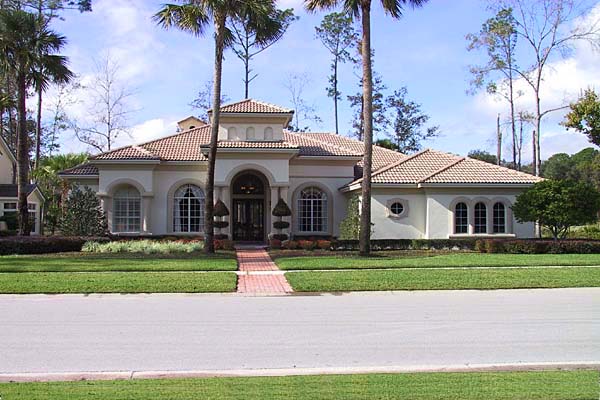PHYSICAL DEPRECIATION OR DETERIORATION
Understanding Physical Depreciation or Deterioration in Real Estate
In the realm of real estate, the concept of physical depreciation or deterioration stands as a crucial facet of property valuation and asset management. This phenomenon encapsulates the gradual loss of value that properties experience due to the effects of aging and the relentless influence of natural elements. From the wear and tear of structures to the weathering of exteriors, physical depreciation represents an inescapable reality that can significantly impact the financial and functional aspects of real estate assets.
Causes and Implications
The causes of physical depreciation or deterioration are manifold, encompassing a spectrum of factors such as:
Age:
As properties age, the structural integrity and aesthetic appeal may diminish, leading to a decline in value.
Weathering:
Exposure to natural elements such as sunlight, wind, rain, and snow can gradually erode building materials, necessitating maintenance and repair.
Usage:
Intensive usage or neglect can contribute to physical wear and tear, impacting the overall condition of the property.
The implications of physical depreciation reverberate across various facets of real estate, encompassing:
Financial Impact:
Depreciation can directly affect property values, influencing investment decisions and financial feasibility assessments.
Maintenance Costs:
Property owners may need to allocate resources for ongoing maintenance and refurbishment to counteract physical deterioration.
Market Perception:
Deterioration can influence how properties are perceived in the market, potentially impacting their marketability and desirability.
Mitigation and Management
Mitigation and Management
Addressing physical depreciation or deterioration necessitates proactive measures to mitigate its impact and safeguard the long-term value and functionality of real estate assets. Strategies for mitigation may include:
Regular Maintenance:
Implementing a structured maintenance regimen to address wear and tear and prevent further deterioration.
Renovation and Upgrades:
Undertaking targeted renovations and upgrades to modernize and revitalize aging properties.
Adaptive Reuse:
Exploring adaptive reuse strategies to repurpose and rejuvenate older properties for contemporary needs, thereby mitigating depreciation.
Conclusion
In conclusion, the recognition and management of physical depreciation or deterioration is integral to prudent real estate stewardship. By comprehending the multifaceted causes, implications, and mitigation strategies associated with this phenomenon, real estate stakeholders can navigate the challenges of asset preservation, valuation, and market positioning with foresight and efficacy, ensuring the enduring vitality and value of their property portfolios.
MORE REAL ESTATE TERMS
A, B, C, D, E, F, G, H, I, J, K, L, M, N, O, P, Q, R, S, T, U, V, W, X, Y, Z
Featured New Home

Featured Mortgage Brokers
- TOP FLITE FINANCIAL INC, WATERFORD, MI
5663 HIGHLAND RD
WATERFORD, MI 48327 - VENTA FINANCIAL GROUP INC, LAS VEGAS, NV
1300 S JONES BLVD STE 150
LAS VEGAS, NV 89146 - CASTLE & COOKE MORTGAGE LLC, GREENWOOD VILLAGE, CO
7400 E ORCHARD RD # 2900N
GREENWOOD VILLAGE, CO 80111 - PRIMELENDING A PLAINSCAPITAL COMPANY, GLEN ALLEN, VA
4198 COX RD STE 113
GLEN ALLEN, VA 23060 - SUMMIT MORTGAGE INC, FORT WAYNE, IN
8614 SAINT JOE RD
FORT WAYNE, IN 46835